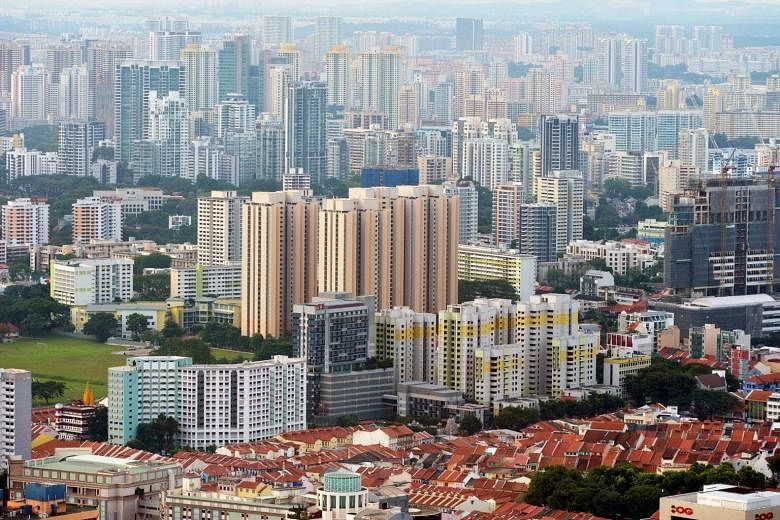A building manager takes over a building, only to find that his maintenance equipment cannot fit through the narrow corridor of the new structure.
It is a scenario that building managers here say happens all too often because maintenance is typically regarded as an afterthought - something to be considered only after the gleaming building is complete.
But that is about to change with a new framework to be launched by the end of the year to overhaul the languishing sector - likely as part of the Government's real estate industry transformation map.
For a start, the new Design for Maintainability framework, developed by the Building and Construction Authority, will ensure that buildings are safe and easy to maintain by involving facility managers earlier in the process.
The framework will also require managers to adopt 3D technologies, such as the software that uses Building Information Modelling, which are already available to designers. But they will first need to pick up the necessary skills to use such standardised software.
The use of technology will also help streamline the handover process. Currently, most developers hand over tomes of blueprints that are hard to visualise upon project completion, leaving the managers unaware of how to manage their buildings properly.
"There is often a disconnect between the teams in charge of the construction phase and the people in charge of facilities management," said DP Architects technical director Mathieu Meur.
"The former are under enormous pressure to meet tight construction budgets, forcing them to take shortcuts or make inappropriate decisions at the design and construction phase, leaving the facilities management personnel to pick up the pieces later."
Industry players, who are familiar with the plans and who shared some of the details with The Straits Times, said that the moves are long overdue for the industry.
Mr Tony Khoo, president of the Singapore chapter of the International Facility Management Association, said that fee diving - or quoting excessively low fees - has become commonplace in the sector, and this has in turn affected the quality of the workforce.
"Over the years, we have seen the highly competitive industry compete on price alone, thereby driving it down. This translates to very low pay for the staff, as well as cost-cutting measures," he said.
"Because of this, we are not attracting the right talent and people. We are facing an ageing and shrinking workforce. The combination of all these mean that there is low productivity, and the industry does not try to adopt the technologies out there today."
Mr Khoo said this creates a lack of recognition of the role of facility managers as a critical profession, adding: "There are no government-issued licences to determine if someone is qualified to do the job properly or not. With zero experience, anyone can become a facility manager by participating in a tender."
Mr Khoo, who is also chief executive of EM Services, a major player in the facility management scene here, is finding it hard to inject new blood.
Around half of the 1,300 staff employed by his firm are facility managers, but their average age is 45. Young entrants, some with engineering degrees, usually leave within three years of becoming a facility manager. "I'd say this happens 80 per cent of the time with newcomers, who go on to find opportunities elsewhere," he said.


